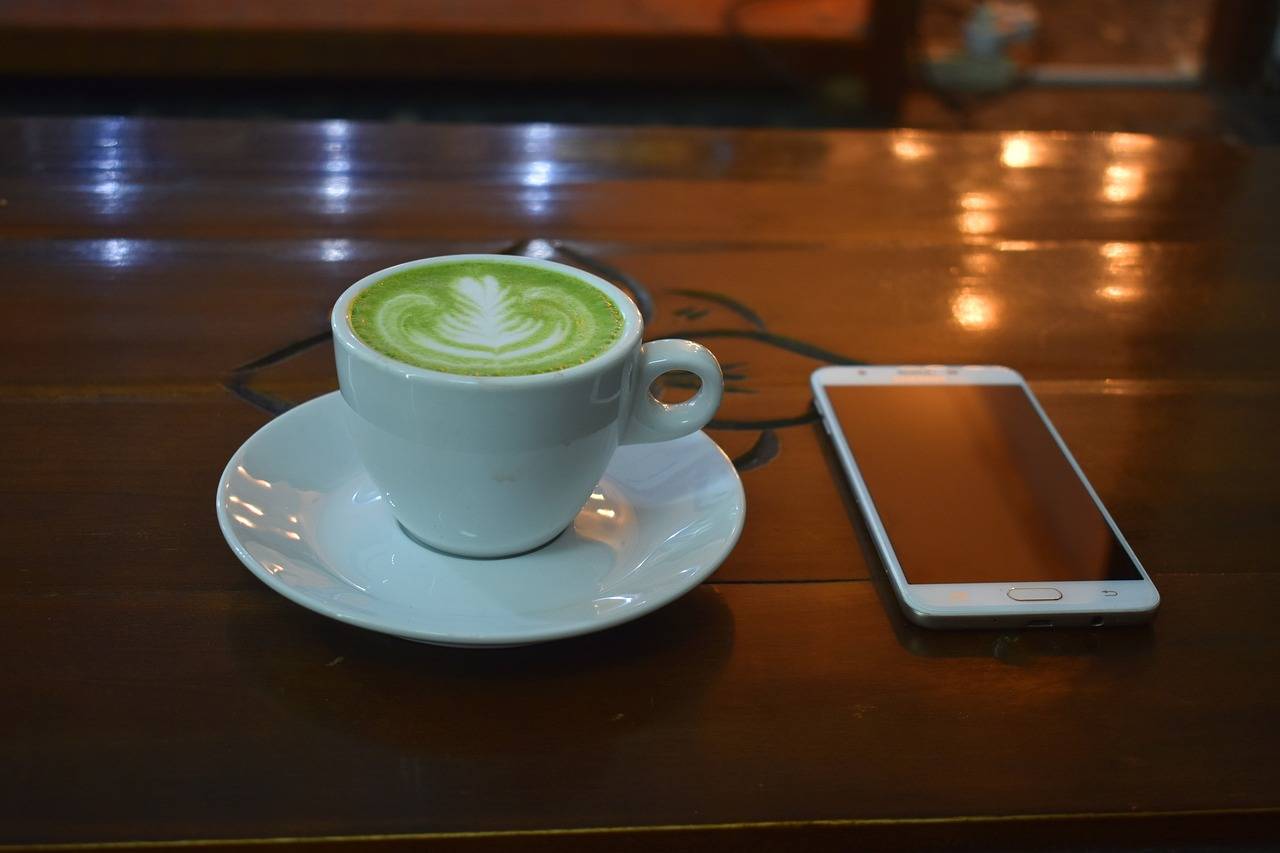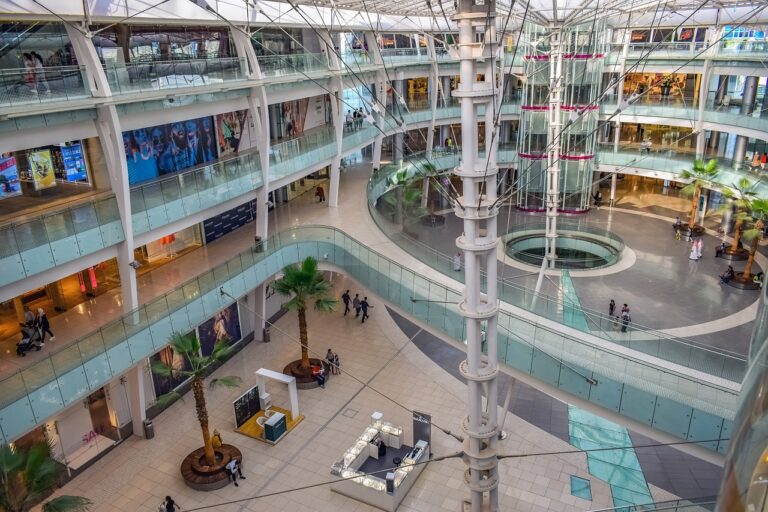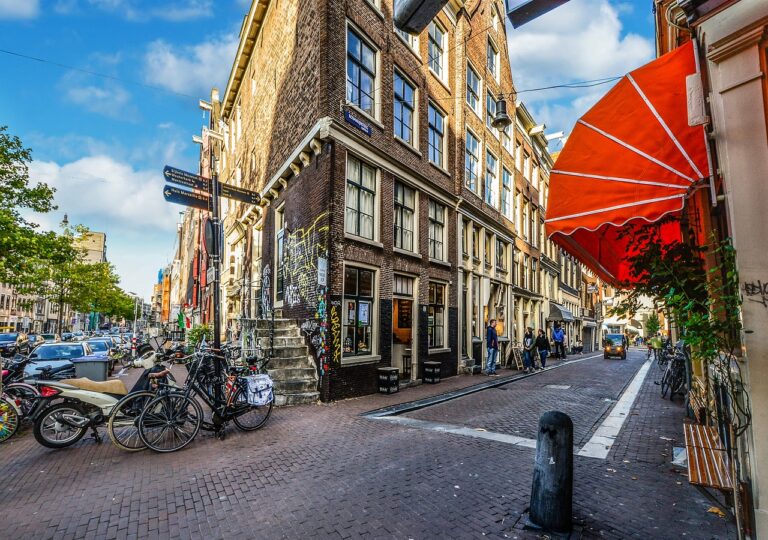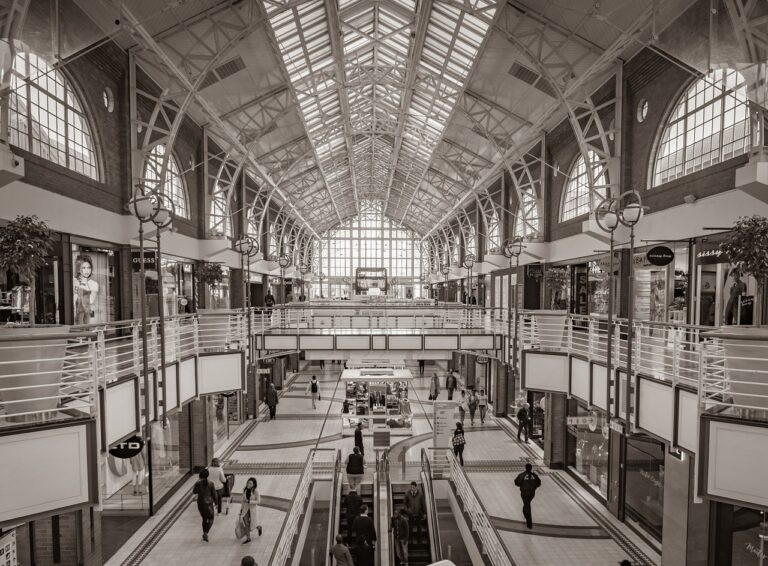The Impact of Micro-Influencers on Niche Fashion Markets
Micro-influencers are emerging as powerful voices in the niche fashion markets due to their authenticity and genuine connection with followers. Unlike traditional influencers with massive followings, micro-influencers have a smaller but highly engaged audience that values their opinions and recommendations. This close relationship allows micro-influencers to have a more significant impact on their followers’ purchasing decisions, making them valuable assets for brands looking to tap into specific consumer segments.
Moreover, micro-influencers are seen as more relatable and accessible compared to macro-influencers, fostering a sense of trust and loyalty among their followers. In niche fashion markets where personal style and niche interests play a crucial role, micro-influencers can offer a more targeted approach to reaching potential customers. Their ability to create authentic content that resonates with a specific audience enables brands to establish genuine connections and build brand awareness within niche communities.
Understanding the Reach and Engagement of Micro-Influencers in the Fashion Industry
Micro-influencers in the fashion industry have been recognized for their ability to authentically engage with niche audiences. These individuals typically have a following of 10,000 to 100,000, making them more approachable and relatable to their followers. By focusing on specific areas of interest, such as sustainable fashion or vintage clothing, micro-influencers are able to create more targeted content that resonates with their audience on a deeper level.
Unlike macro-influencers who may have millions of followers but lower engagement rates, micro-influencers often generate higher levels of engagement. Their followers tend to be more loyal and trusting, leading to increased interactions and conversations around the content they post. This heightened level of engagement can result in a more meaningful connection between the influencer, the brand, and the audience, ultimately driving greater impact and influence within the niche fashion market.
What is a micro-influencer in the fashion industry?
A micro-influencer in the fashion industry is someone who has a smaller but highly engaged following on social media, typically ranging from a few thousand to around 100,000 followers.
Why are micro-influencers gaining popularity in niche fashion markets?
Micro-influencers are gaining popularity in niche fashion markets because they have a more targeted and loyal following, allowing brands to reach a more engaged audience with a higher likelihood of conversion.
How can brands measure the reach and engagement of micro-influencers?
Brands can measure the reach and engagement of micro-influencers by analyzing metrics such as follower count, likes, comments, shares, and click-through rates on sponsored posts.
What are some benefits of collaborating with micro-influencers in the fashion industry?
Some benefits of collaborating with micro-influencers in the fashion industry include cost-effectiveness, authenticity, niche targeting, and higher engagement rates compared to macro-influencers.
Are micro-influencers effective for promoting fashion brands to a wider audience?
While micro-influencers may not have as large of a reach as macro-influencers, they are highly effective for promoting fashion brands to a more targeted and engaged audience, leading to higher conversion rates.
How can fashion brands identify the right micro-influencers to collaborate with?
Fashion brands can identify the right micro-influencers to collaborate with by looking for influencers whose values align with their brand, who have a highly engaged following in their niche, and who create high-quality and authentic content.





